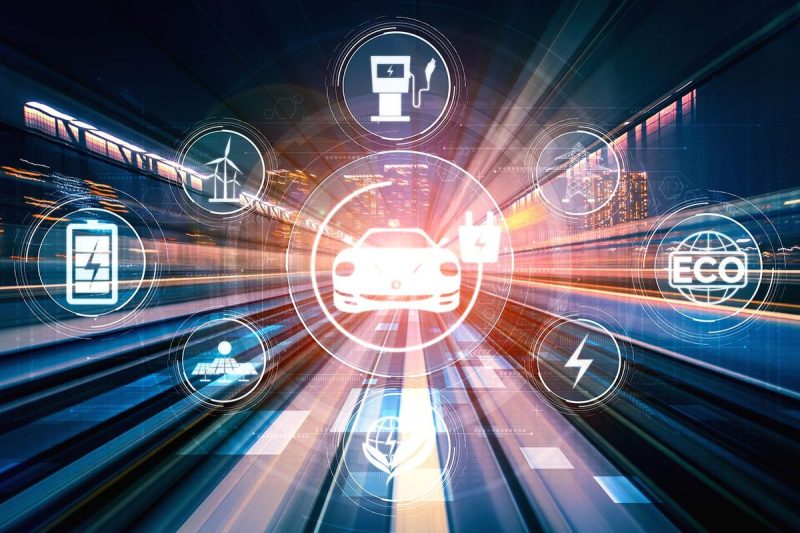As the demand for electric vehicles (EVs) continues to skyrocket, so too does the need for the creation of more powerful and efficient batteries. Simultaneously, the demand for raw materials required to produce these batteries has sharply increased. The significance of this leap can already be felt in various sectors worldwide, as experts now warn of an upcoming supply cliff for these essential components.
The growing urgency of climate change, coupled with the vigorous push for a more sustainable future, has set the stage for an unprecedented surge in electric vehicle production. Both public and private sectors globally are gearing towards this transformative change, with heavy investments focused on Gigafactories – pivotal manufacturing facilities responsible for producing lithium-ion batteries at an industrial scale. However, securing adequate battery raw materials to support these manufacturing operations may pose a significant challenge.
Primary among these coveted raw materials are lithium, cobalt, and nickel, known as the trifecta of battery production. They are used to make up the lithium-ion batteries – the powerhouses of today’s electric vehicles. Lithium is an incredibly light metal, highly reactive, and has a remarkable energy-to-weight ratio. Cobalt ensures stability and increased energy density, while Nickel provides higher capacities and efficiency.
It can be observed that the extraction volumes of these strategic metals were steady for many years. However, the recent detonation in the demand for EVs has disrupted this stability. This abrupt increase in demand led to the exponential increase in production required to fulfill the tide. As EV production skyrockets, it imposes a significant stress on the global supply of these three essential metals.
The daunting scenario of a supply cliff appears as capacities of existing mines have been more or less exploited, and the current pace of new discoveries is significantly lagging behind the mounting demand. This concern is further exacerbated as these raw materials are geologically rare and hard to mine. Setup times for mining operations can take quite a long time, often exceeding a span of a decade from discovery to production.
Observers argue that the shortage might also contribute to a potential cost increase for these raw materials, subsequently affecting the prices of lithium-ion batteries and of EVs. This could hamstring the market penetration of electric vehicles, especially in regions where affordability is crucial for large scale adoption.
To mitigate this impending supply cliff, companies and governments alike are exploring innovative avenues. Recycling initiatives are being prioritized, using spent lithium-ion batteries to recover usable materials. Producers are also modifying battery designs to reduce reliance on the critical metals. Moreover, experts urge the need for more investment into geological surveys to discover new deposits, and in technological advancements to enhance extraction efficiencies.
Despite the predicted supply cliff and subsequent economic repercussions, there’s a glimmer of optimism in the industry. The situation is encouraging a wave of innovation and increased efforts towards a sustainable and efficient electric future. The next few years will be an intriguing period to see how manufacturers and suppliers can surmount these challenges, given the potential implications the supply chain disruptions could have on the pace of our transition towards a more sustainable world.
Ultimately, the transition to an electric future, whilst a noble quest, also presents a set of unique and complex challenges in its wake. The looming backdrop of a potential supply cliff of these battery raw materials remains a hurdle, but one that we must overcome to ensure a sustainable, electric future. The magnitude of this issue underlines the importance of a comprehensive approach incorporating strategic planning, scientific innovation, and sustainable practices on a global scale.




